#yakima river
Text
Floating the Yakima
My cousin and her husband are visiting this week so Beth arranged a 12 mile guided float down the Yakima. We’ve taken guided fishing trips on the Yakima before but this time it was fun to just relax and float by the beautiful scenery. The weather was sunny but cool.
Despite the lack of rain, the river was high due to high demand for agricultural irrigation. Several dammed lakes are managed to provide the necessary water. The dams feed water from the bottom of the lakes, so the water is cold and comfortable for the trout and salmon.
The trip starts where the Yakima passes through conifer forests near our house but then moves to the semi arid plateau, cutting through the igneous rock formations until it eventually joins the Columbia.
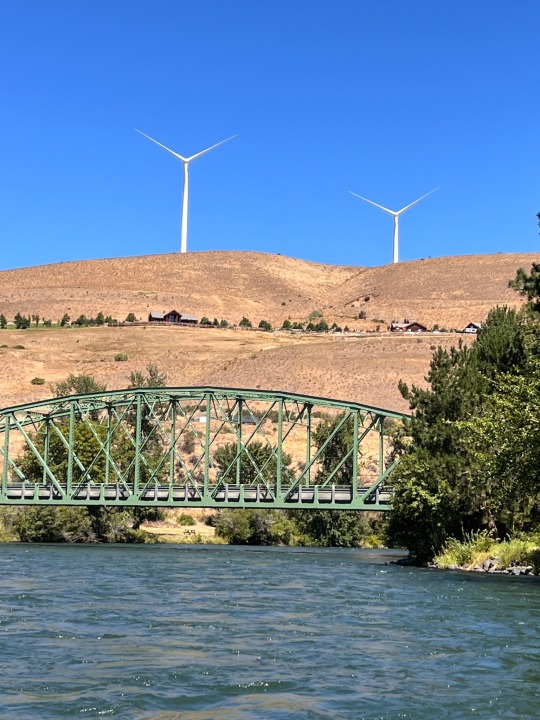

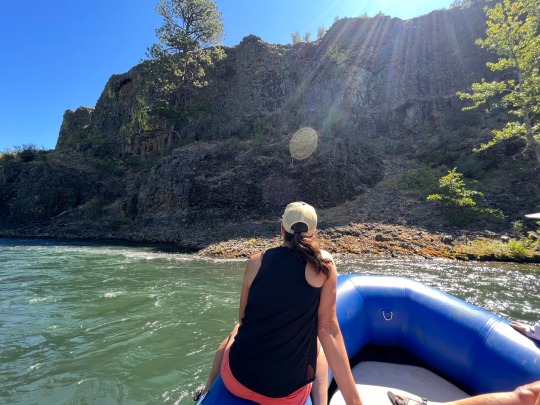


34 notes
·
View notes
Text

On the River Bank
What do you think about my pic?
#Yakima Canyon#Washington#pine#fir#blue sky#travel#original photography#vacation#tourist attraction#landmark#landscape#countryside#Pacific Northwest#summer 2023#nature#photo of the day#What do you think about my pic?#USA#Yakima River#Highway 821#Washington State Route 821#Yakima River Canyon#street scene#road trip#Yakima River Canyon Scenic Byway#beautiful drive
11 notes
·
View notes
Text

A good day fishing trout on the Yakima River, Washington
5 notes
·
View notes
Link
Excerpt from this story from the New York Times:
The water managers of the Yakima River basin in arid Central Washington know what it’s like to fight over water, just like their counterparts along the Colorado River are fighting now. They know what it’s like to be desperate, while drought, climate change, population growth and agriculture shrink water supplies to crisis levels.
They understand the acrimony among the seven Colorado Basin states, unable to agree on a plan for deep cuts in water use that the federal government has demanded to stave off disaster.
But a decade ago, the water managers of the Yakima Basin tried something different. Tired of spending more time in courtrooms than at conference tables, and faced with studies showing the situation would only get worse, they hashed out a plan to manage the Yakima River and its tributaries for the next 30 years to ensure a stable supply of water.
The circumstances aren’t completely parallel, but some experts on Western water point to the Yakima plan as a model for the kind of cooperative effort that needs to happen on the Colorado right now.
Climate change and recurring drought had wreaked havoc with the water supply for irrigation managers and farmers in the Yakima Basin, one of the most productive agricultural regions in the country. Conservationists were concerned that habitats were drying up, threatening species. Old dams built to store water had blocked the passage of fish, all but eliminating the trout and salmon that the Indigenous Yakama Nation had harvested for centuries. In droughts, water allocations to many farms were cut.
After several years of give-and-take, the result was the Yakima Basin Integrated Plan, a blueprint for ensuring a reliable and resilient water supply for farmers, municipalities, natural habitats and fish, even in the face of continued warming and potentially more droughts.
A decade into the plan, there are tens of millions of dollars’ worth of projects up and down the river designed to achieve those goals, including canal lining and other improvements in irrigation efficiency, increasing reservoir storage, and removing barriers to fish.
10 notes
·
View notes
Text
#hiking#south cascades#lake easton peak#lake easton state park#yakima river#monahan mountain#cabin mountain
0 notes
Text
American Auto Trail-Horse Heaven Hills (Paterson to Prosser WA)
American Auto Trail-Horse Heaven Hills (Paterson to Prosser WA)
https://youtu.be/e92N-PEEZQs
This travel route begins at Paterson on the Columbia River, crossing up and over the Horse Heaven Hills to Prosser on the Yakima River in Washington State.

View On WordPress
#4K#Auto trail#Benton#Carter Canyon#columbia river#driving video#Horse Heaven#Kittatas#Paterson#Prosser#road travel#slow travel#washington#Yakima River
0 notes
Text




Yakima River Canyon Trail
Ellensburg, Washington
#photographers on tumblr#original photography#pointofview#sunlight and shadow#architecture#landscape#yakima#riverside#washington#ellensburg#reflections
32 notes
·
View notes
Text

Mount Rainier National Park Archives Photo of Sunrise Point under construction in 1930.
Sunrise Road, open during the summer, climbs steeply up Sunrise Ridge in long switchbacks to Yakima Park at 6,400 feet. The last of the switchbacks is at Sunrise Point, an outcrop on the end of the ridge at 6,120 feet with near 360-degree views overlooking the White River Valley and the surrounding Cascade Range.

Mount Rainier National Park Archives Photo of the Sunrise Point guard wall with its mountain-like crenellation design, August 1930.
Sunrise Point, despite its prominence, was designed to blend with the surrounding landscape through the use of stone walls that mimic the mountain ridges and peaks in the distance. During the 1930s, the Civilian Conservation Corps also restored the vegetation around the area. Sunrise Road was constructed between 1927-1931.
Still popular with visitors, Sunrise Point is an excellent example of a NPS Rustic style developed area and is part of the Mount Rainier National Historic Landmark District. Have you taken in the views from Sunrise Point?


Mount Rainier National Park Archives Photo of Sunrise Point once construction was complete, October 1930 (left). NPS Photo of Sunrise Point in 2015 (right).
~kl
#Mount Rainier History#mount rainier#mount rainier national park#Sunrise#Sunrise Road#Sunrise Point#historic structure#history#national historic landmark district
31 notes
·
View notes
Text
current line up
i would like to get it to a rounder number so if you have suggestions i welcome them!
1. teriyaki
2. jojos
3. ivars fried fish
4. skippers chowder
5. sharis pie
6. dicks deluxe
7. walla walla onions
8. yakima tomatoes
9. cedar plank salmon
10. tillamook ice cream
11. seattle hot dog
12. salmonberries
13. huckleberrys
14. blackberries
15. tims chip
16. umpqua ice cream
17. walla walla burrito
18. rogue river blue cheese
19. cougar gold
20. beechers
21. hills bacon
22. rainier cherries
23. almond roca
24. salmon cesar salad
25. smelt
26. sourdough pancakes
27. herring roe
28. cosmic crisp
29. dukes chowder
30. top pot donuts
31. burgerville
32. kettle chips
33. tillamook cheddar
34. klicker farms strawberries
35. london fog latte
36. redbull spritzer
37. salal
38. miner burger (yakima)
7 notes
·
View notes
Text

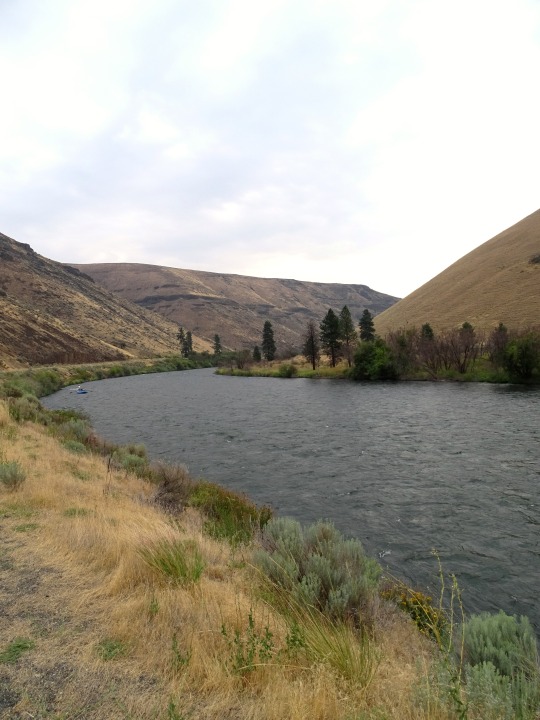

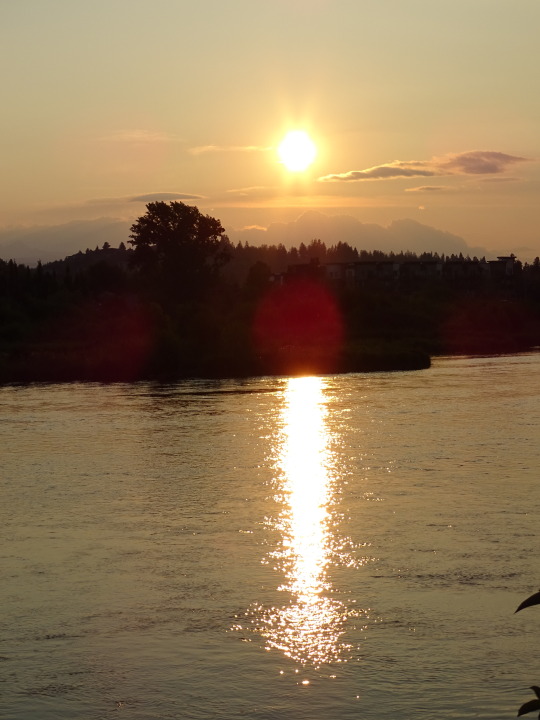
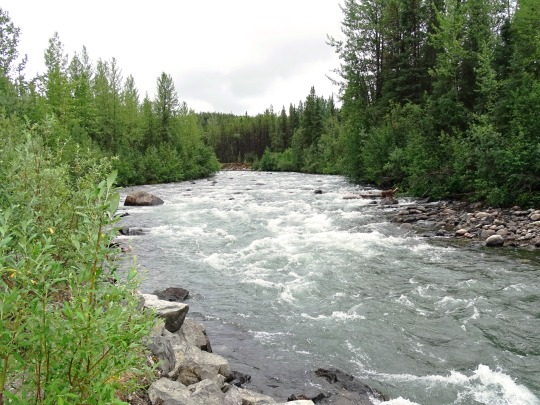







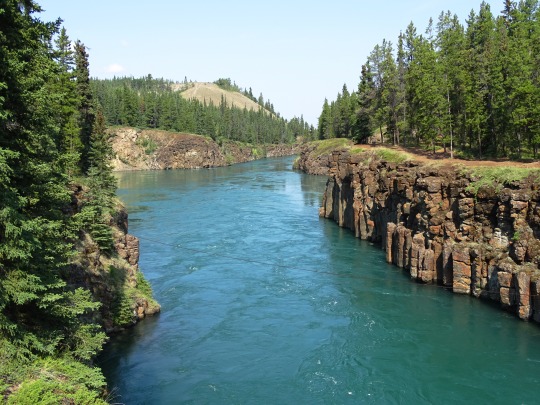

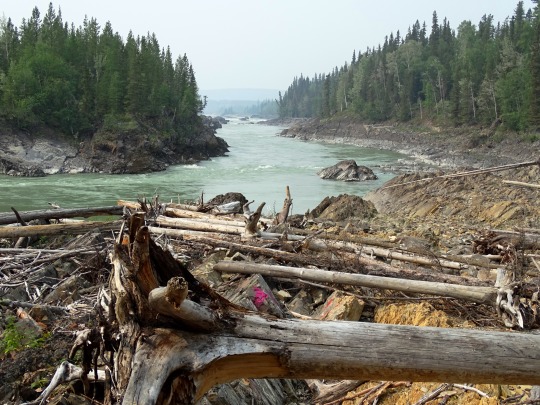
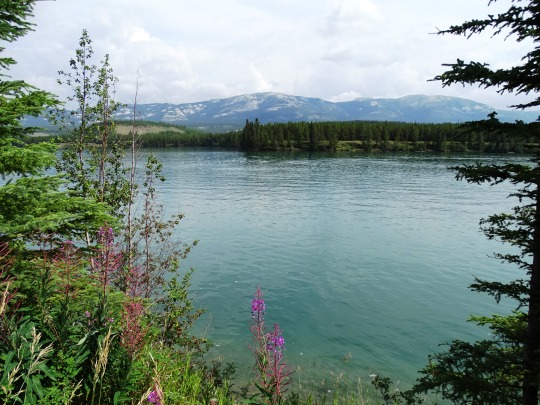
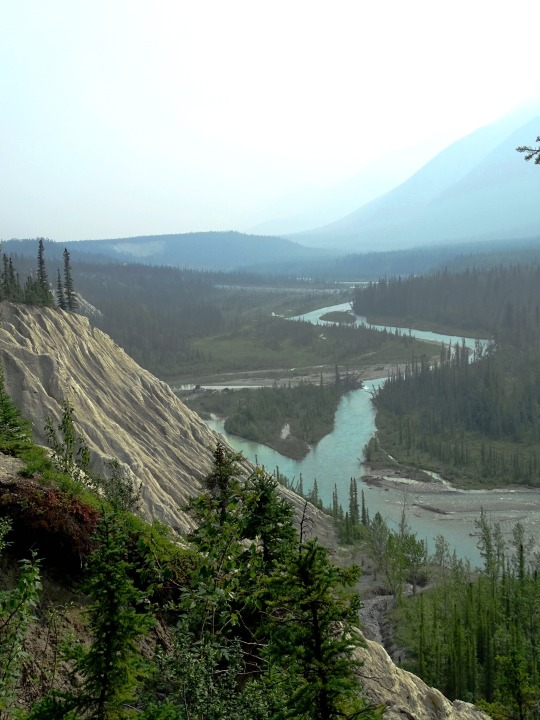
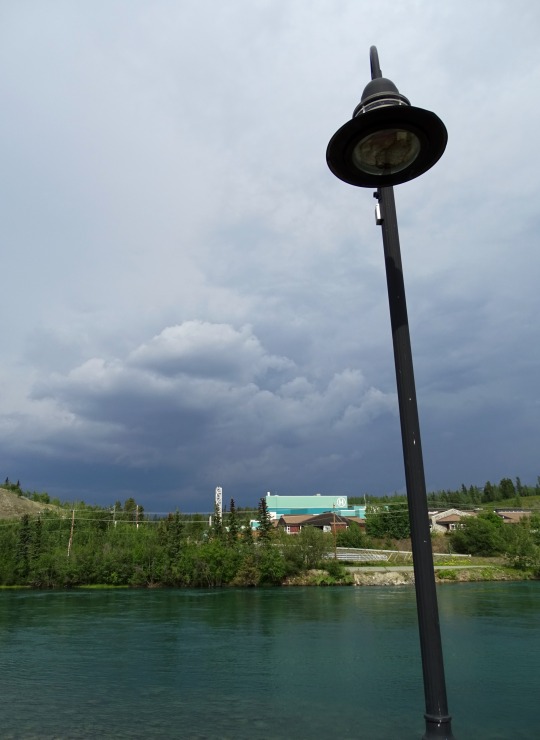

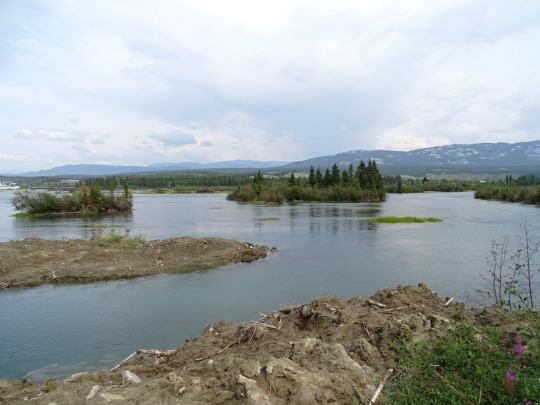

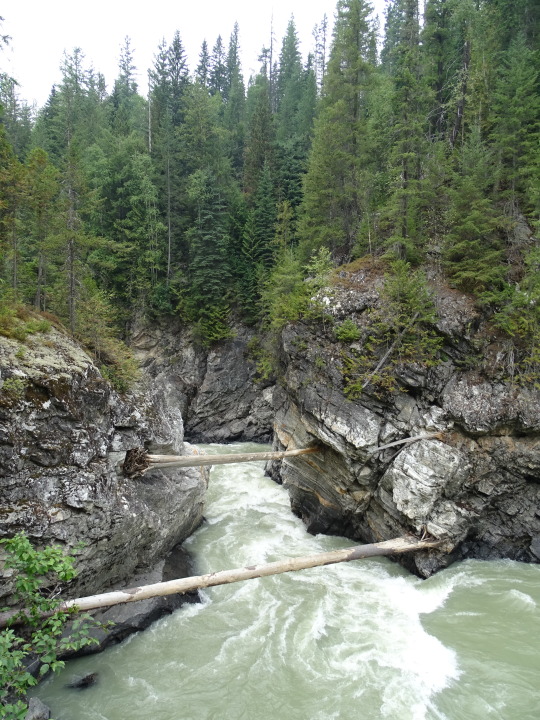
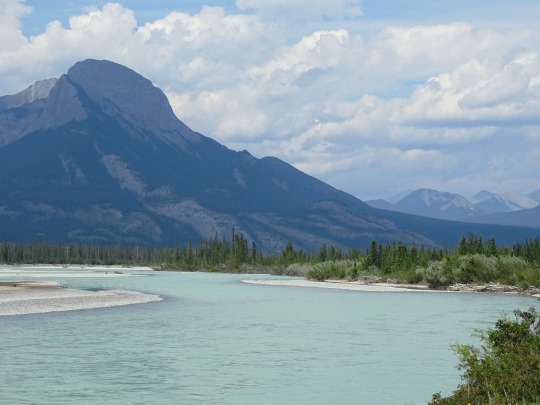




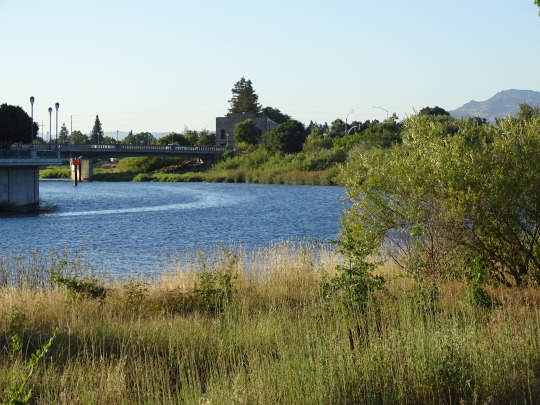
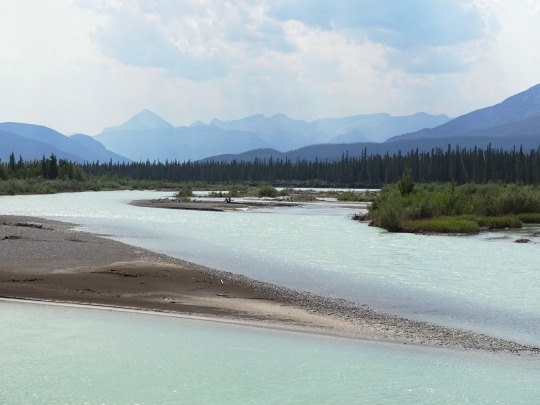

International Day of Action For Rivers
International Day of Action For Rivers, observed on March 14 every year, is a day that is dedicated to saving, celebrating, and creating awareness about the importance of rivers. Did you know that two million tons of sewage, industrial and agricultural waste are discharged into the world’s water every day? Yes, it is the equivalent of the weight of the entire human population of 6.8 billion people! This is why it is our time to save our rivers for the good of humanity.
History of International Day of Action For Rivers
The International Day of Action For Rivers is a day created by the International Day of Rivers to sensitize people about the importance of rivers. It brings people across the world together to talk about and save rivers by addressing the issues related to river management, river pollution, river conservation, etc.
The history of the origin of the International Day of Action For Rivers is an interesting one. In September 1995, several organizations, including International Rivers Network (I.R.N.), India’s Save the Narmada Movement (N.B.A.), Chile’s Biobio Action Group (GABB), and European Rivers Network (ERN) came together and conducted a preparatory meeting in Brazil. As a result, they formed an international Organizing Committee headed by Brazil’s Movement of People Affected by Large Dams (MAB).
In March 1997, in Curitiba, Brazil, participants of the First International Meeting of People Affected by Dams adopted the International Day of Action Against Dams and For Rivers, Water and Life. Furthermore, they decided that the International Day of Action For Rivers will take place on March 14.
Every year there will be a theme for the International Day of Action For Rivers, and last year, in 2021, the theme was ‘Rights of Rivers.’ It demanded that rivers be declared a national asset and given legal rights to stop the rivers from becoming dumping sites for waste and sewages.
Environment enthusiasts conduct workshops, seminars, and activities to celebrate this day to raise awareness and spread the message. So, let’s take a stand against the activities that harm the rivers and protect them at all costs.
International Day of Action For Rivers timeline
1995
Formation Of An International Organizing Committee
A preparatory meeting is held in Brazil, and an International Organizing Committee is formed.
1997
The First International Day of Action For Rivers
The first International Day of Action For Rivers is adopted by representatives from 20 countries in Curitiba Brazil.
2010
People Get More Awareness
People across the world get to know more about the importance of rivers.
2021
The First Virtual Celebration
Due to the pandemic, many organizations conduct events online to celebrate International Day of Action For Rivers.
International Day of Action For Rivers FAQs
What does the International Rivers organization do?
This organization strengthens movements of communities and civil society to defend rivers by exposing destructive projects.
Is International Day of Action For Rivers the same as World River day?
No International Day of Action For Rivers is different from World River Day, which is celebrated every year on September 26.
What is the theme of the International Day of Action For Rivers 2022?
The International Rivers organization will announce the theme of the International Day of Action For Rivers.
How to Observe International Day of Action For Rivers
Join the movementIf you want to make a difference in this world, you can plan an event in your locality to save or conserve the rivers and share the details and descriptions to [email protected].
Educate others about the importance of riversRivers are the lifeline of the Earth, and without them, humankind will perish. So, educate your friends and family about the significance of rivers and clean water.
Share your favorite river storyThis day, you can share your favorite personal stories related to rivers. Whether it is related to a fun family picnic or any activities to save the rivers, you can share it on your social media.
5 Important Facts About Rivers
Rivers are being polluted each day: More than 80% of sewage in developing countries is discharged untreated in the rivers and other water sources, thereby polluting them.
River’s mouth: The end of a river is called ‘a mouth,’ it takes the water from the river into the sea or large lakes.
The shortest river is very short! The shortest river, Roe River, is only 201 feet and is located in Montana in the U.S.
Rainbow river: River Cano that flows through Columbia is one of the most beautiful rivers in the world due to its striking colors.
The holy river: River Ganga in India is considered a holy river and is even worshipped as a Goddess there.
Why International Day of Action For Rivers is Important
Rivers are the lifeline of the world: Rivers are not just some scenic views of the water; they are the lifeline of this world. They create lives and enrich the ecosystem around us. International Day of Action For Rivers is a great day to raise awareness among people.
We need to educate people: Today, most rivers across the world are being polluted each day due to the greed of some humans. This day we can address those issues and can do our part to stop them.
It brings people together: The global event is proof that communities and individuals around the world can come together and make a difference in this world.
Source
#Yakima River#Deschutes River#Columbia River#travel#original photography#vacation#tourist attraction#cityscape#landscape#USA#Canada#summer 2023#Crooked River#Fraser River#Bulkley River#Bear River#Dalby Creek#Rancheria Falls#Yukon River#Liard River#Trout River#Toad River#Racing River#Athabasca River#North Thompson River#Raft River#Fitsimmons Creek#Kitwanga River#International Day of Action for Rivers#14 March
2 notes
·
View notes
Text

Yakima River Canyon, WA
03/2023
#35mm#film photography#pnw#washington#35mm photography#35mm film#photography#nature#nature photography#landscape photography#landscape#desert#adventure#film
13 notes
·
View notes
Text
BOOK Name :Red Mountain Burning: A Novel, by Boo Walker

Book Description:Why must all good things come to an end?
In Washington State wine country, Red Mountain is a refuge for searchers and wanderers, artists and lovers, farmers and chefs--people looking for a place to belong. Despite the stunning landscape, the world-class wines, and their best efforts, the eccentric inhabitants often attract trouble.
Brooks Baker, the man with the most broken of pasts, craves stability, but he's forced into making a tough decision when the woman he loves considers a move to Florida.
Margot Pierce, the dream chaser and innkeeper who fled Vermont to escape her first marriage, faces a new challenge when her fiancé's estranged daughter comes to town.
Otis Till, the grapefather, knows it's time to hand over the reins to the new guard of Red Mountain. But he wants just one last great vintage before he goes.
Red Mountain Burning is the third and final book in the story of the many souls fighting to make their small wine-growing region thrive amidst a world of dysfunction and chaos. Are they strong enough to endure the many fires of the coming vintage or will Red Mountain go down in flames?
About the Author: Boo initially tapped his creative muse as a songwriter and banjoist in Nashville before working his way west to Washington State, where he bought a gentleman's farm on the Yakima River. It was there amongst the grapevines and wine barrels that he fell in love with telling high-impact stories that now resonate with book clubs around the world. with colorful characters and boundless soul, his novels will leave you with an open heart and a lifted spirit.
Always a wanderer, Boo currently lives in Cape Elizabeth, Maine with his wife and son. He also writes thrillers under the pen name Benjamin Blackmore.
#amazonbookstore#amazonbook#amazonbookseller#amazonbooks#amazonbestauthor#kindlebook#kindlebooksale#viralbook#novelbookshop#novelbookwallets#novelbook#novelbooks#novelbookbox#redmountainburning#author#authors#boowalker#boowalkers#boowalkerbooks#boowalkerco#boowalkerredmountainburning#boowalkerauthor
3 notes
·
View notes
Text
Landscapes of the Pacific Northwest 2
As I mentioned in 1, you can buy prints of these works at

Personally. This is my favorite. It's the Yakima River, which I've pinic'ed on many times. I love the gloss on the water, the way the medium makes the basalt sing. This was a joy to work on.
Since these are partly a catalogue of my journey, I should mention that my partner helped a little. I've gotten into the habit, as a result of this piece, of turning a completely finished project to my partner and saying, "okay, what is it that you think I'm still working on" and partner will invariably say something which winds up improving the piece. For this one, it was the shading under the shrub covered island. Always get a second pair I'd eyes on your work.
Wool isn't very tasty. Buy me a ko-fi:
5 notes
·
View notes
Text
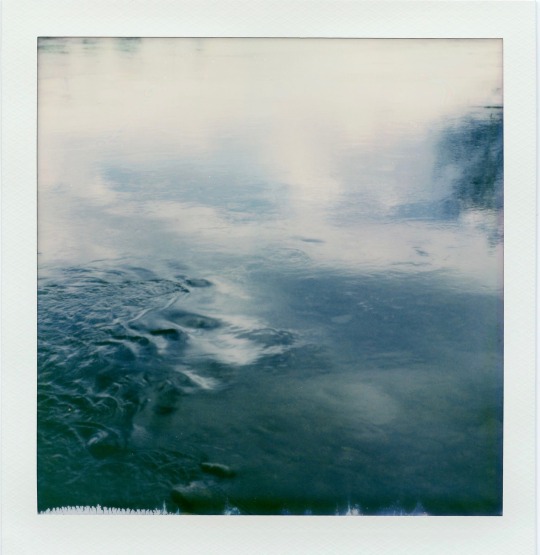
February 19, 2023
Yakima River, 8:30am
#photography#photographers on tumblr#photo#photographer#polaroid#polaroidsx70#analog#analogue#analog photography#analogforever#film photography#film#filmisnotdead#outdoors#getoutside#nature#water#ripples#river#washington
18 notes
·
View notes
Note
which pokémon would be found in the state of washington? since western and eastern washington have significantly different climates and cultures, i’m assuming they’d be significantly different pokémon in the west and east as well?
There are some pretty significant differences! I've talked a bit about Seattle before in this post. But as I mentioned there, Buizel and other water-types are remarkably common along the west coast, but they're much harder to find once you head east. In the eastern half of the state, grass, rock, and ground-type Pokemon become more common.
Specifically in the eastern half of the state, there are an incredible abundance of Applin. In cities like Yakima, there are almost as many Applin as humans. East of the Cascades is also the only place in Washington where you can find large groups of Rockruff and Lycanroc, and Shuckle is mainly found in the area around the city of Spokane, where it serves as a sort of unofficial mascot.
The western half of the state has far more water-types, with its long coastline hosting large populations of Wailmer, Wingull, and even Popplio. There's also Axew living here, particularly in the deeply forested Olympic Peninsula far away from human settlements. This dense forest also holds several packs of Absol, though they're very poorly documented due to their incredible ability to avoid detection.
There are Pokemon that both sides share, though: Basculin are found in most rivers, streams, and lakes, and Teddiursa and Ursaring live in both halves of the state.
#pokemon#pokemon headcanons#washington#seattle#buizel#applin#yakima#rockruff#lycanroc#shuckle#spokane#wailmer#wingull#popplio#axew#absol#basculin#teddiursa#ursaring
38 notes
·
View notes